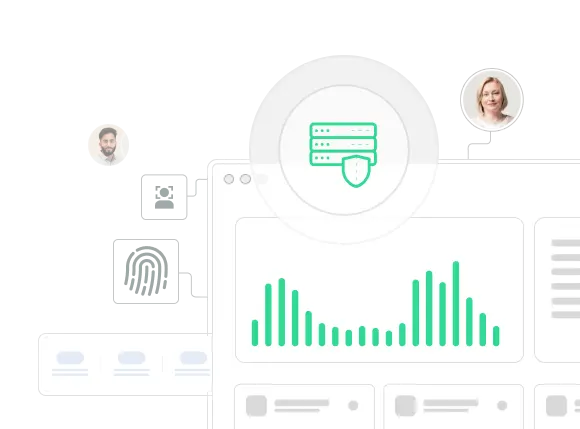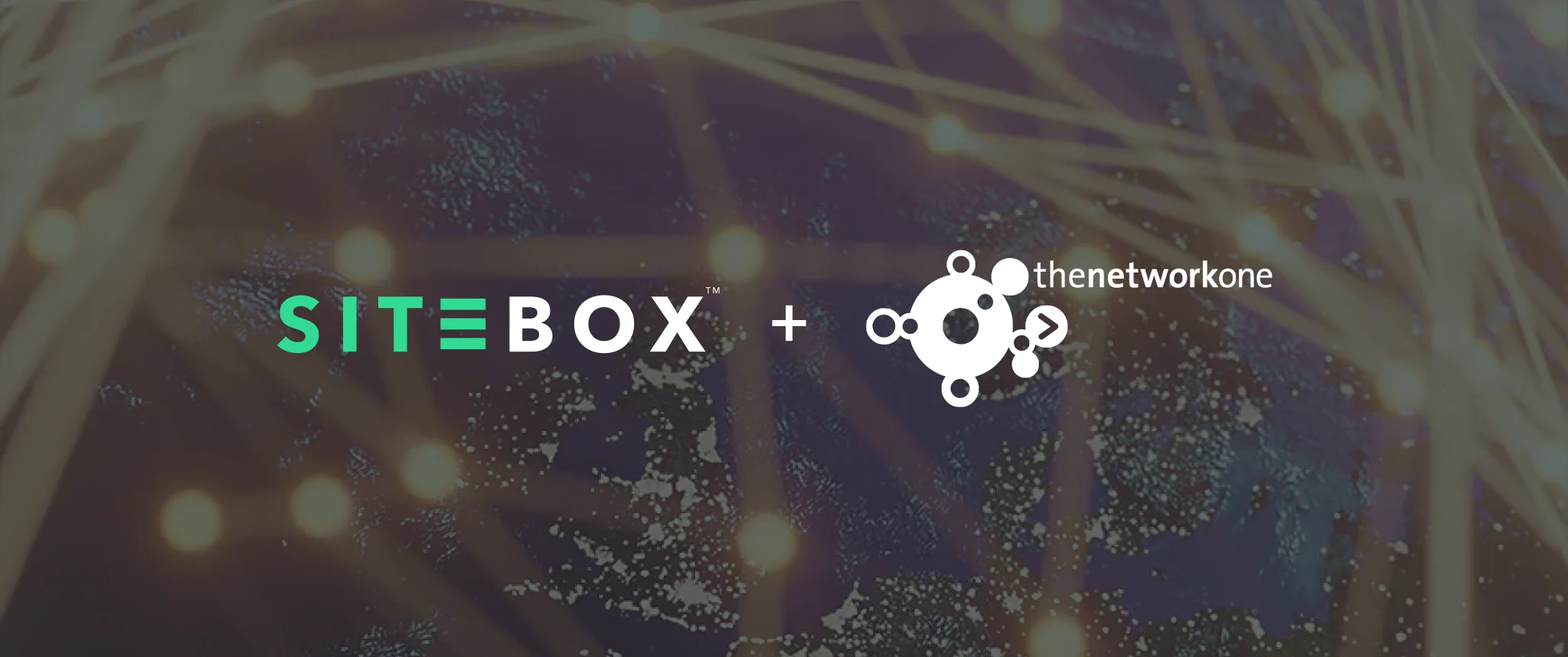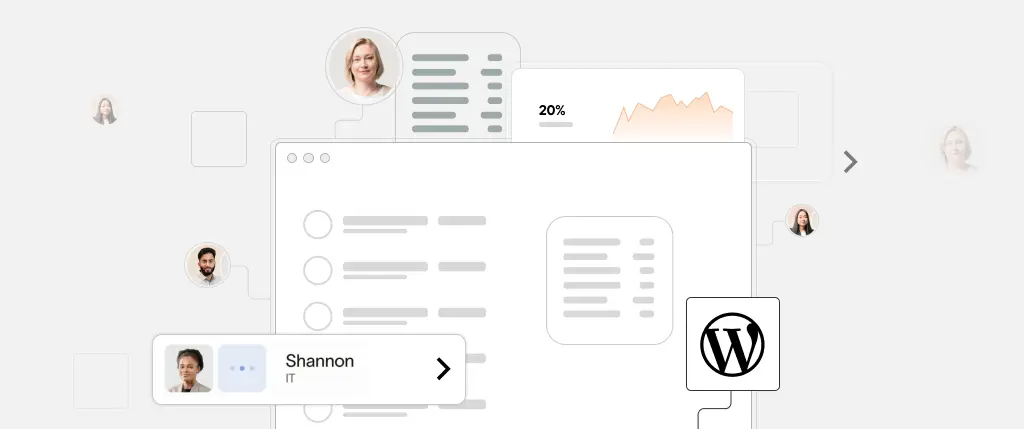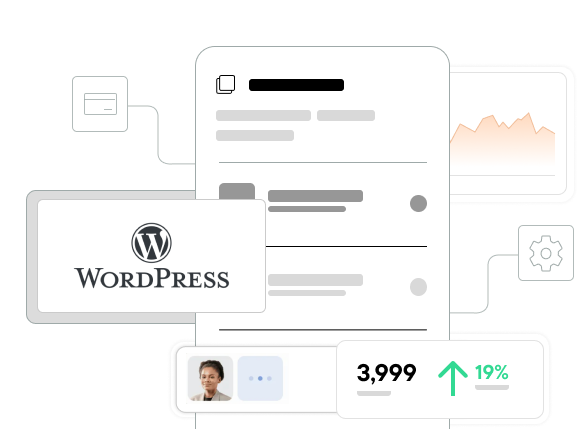Technical debt in WordPress is an often overlooked problem that quietly builds up until it becomes costly to fix. Whether you’re rushing to launch a client site or installing a plugin “just for now,” every shortcut adds interest to your development debt.
Like financial debt, it doesn’t always hurt at first – but over time, it leads to buggy behavior, poor performance, and difficult-to-maintain codebases. Left unmanaged, it slows teams down and stifles innovation.
In this article, you’ll learn:
- What technical debt is and how it appears in WordPress
- Common causes and warning signs
- Effective ways to reduce and avoid it
- How tools like Sitebox help you maintain clean code from day one
What Is Technical Debt?
Technical debt refers to the implied cost of shortcuts taken during development. In WordPress, this includes things like:
- Writing quick but messy functions
- Over-reliance on generic plugins
- Lack of proper file organization
- Skipping testing or documentation
It’s not inherently bad – sometimes it’s strategic. But unchecked, it grows into a long-term liability.
👉 For a broader explanation of technical debt, check out Martin Fowler’s article on the topic.
Common Sources of Technical Debt in WordPress
1. Plugin Overload
Installing too many plugins can introduce conflicts, performance issues, and future update problems – especially when multiple plugins do similar things.
2. Copy-Paste Coding
Using code from Stack Overflow without understanding or adapting it properly leads to brittle, unmaintainable solutions.
3. Poor Theme Architecture
Mixing business logic with display templates in functions.php rather than separating concerns through custom plugins or service classes.
4. Lack of Testing and QA
Especially for WooCommerce or multisite setups, skipping testing across environments leads to regression errors and production bugs.
Signs You Have Technical Debt
- 🔧 Simple updates break unrelated features
- 🐌 Site performance degrades despite caching
- 🧱 New features are difficult to build
- 🧭 Lack of documentation makes onboarding hard
- 😰 You’re afraid to update WordPress or plugins
Run regular audits to detect areas needing cleanup.
Code Examples
❌ Bad: Hardcoded, non-translatable strings
echo 'Read more';✅ Good: Translation-ready code
_e( 'Read more', 'your-text-domain' );❌ Bad: Mixing logic and output
if ( is_user_logged_in() ) {
echo '<p>Welcome back!</p>';
}✅ Good: Separation of concerns
function get_user_greeting() {
return is_user_logged_in() ? '<p>Welcome back!</p>' : '';
}
echo get_user_greeting();Prevention Strategies
1. Follow WordPress Coding Standards
Use tools like WPCS:
composer require --dev wp-coding-standards/wpcs
phpcs --standard=WordPress path/to/code2. Use Git and Document Everything
Version control is essential. Always commit with meaningful messages, and maintain a README.md for custom modules or plugins.
3. Automate Testing and Deployment
Use GitHub Actions or Bitbucket Pipelines to run lint checks, unit tests, and deploy clean code. For example:
jobs:
php-lint:
runs-on: ubuntu-latest
steps:
- uses: actions/checkout@v2
- name: PHP Lint
run: find . -name "*.php" -exec php -l {} \;4. Build for Scalability
Avoid hardcoding features in templates. Use custom post types, taxonomies, and modular plugins.
5. Schedule Regular Refactoring
Allocate time every sprint or release cycle to review and improve legacy code. Don’t wait until things break.
Refactor or Rebuild?
Use this rule of thumb:
- ✅ Refactor when the foundation is stable but the implementation is messy
- 🔄 Rebuild when architecture is flawed or built on outdated technologies
Moving to headless WordPress or React-based frontends? That might be a good moment to consider a partial or full rewrite.
How Sitebox Helps You Avoid Technical Debt
Sitebox provides a clean foundation for modern WordPress development:
- 🔐 Secure & Scalable Architecture — No bloated functions.php or mixed logic
- 📦 Modular Content Blocks — Schema-driven and reusable
- 🧰 Built-In CI/CD Pipelines — Every commit is tested and validated
- 🔄 Managed Plugin Updates — Controlled through versioned packages
- 🔒 Security by Default — Follows OWASP and WP best practices out of the box
With Sitebox, your team can launch fast without sacrificing code quality or maintainability.
Conclusion
Technical debt in WordPress is a silent killer of long-term productivity. While not always avoidable, it can be contained and reversed with the right habits and tools.
✅ Follow coding standards
✅ Use fewer, better plugins
✅ Document and version your work
✅ Refactor regularly
✅ Automate quality control
With platforms like Sitebox, professional teams can finally build WordPress projects that scale — without the weight of debt dragging them down.
👉 Ready to reduce technical debt and ship cleaner WordPress code? Try Sitebox today and future-proof your project.




